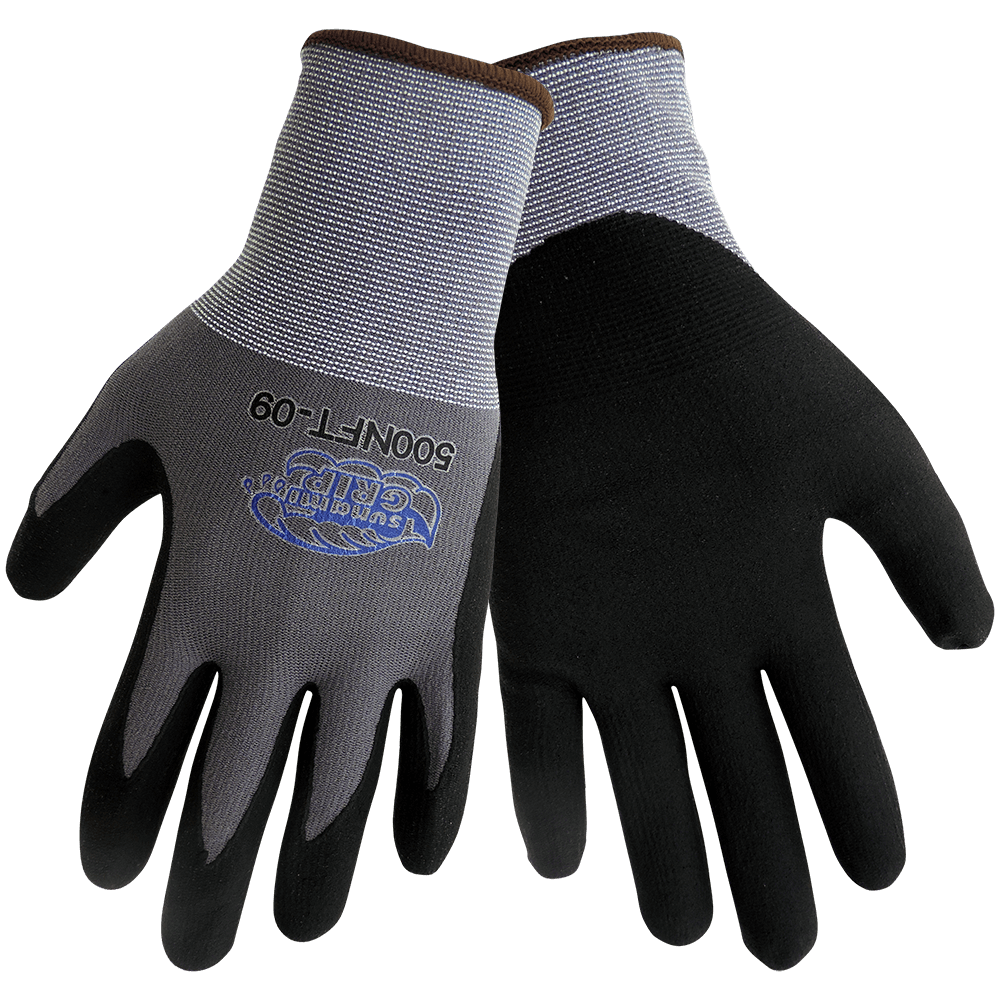When shopping for a pair of gloves, have you ever wondered why there are so many different types of gauges? Why is a glove gauge even an important feature to keep track of? Well, we’re here to answer some of the most common question about this topic, and leave you feeling equipped to shop for gloves with confidence.
Understanding Glove Gauges
Let’s get down to basics. When glove manufacturers use the word “gauge” they are using it to refer to the number of stitches per inch in a glove. Stiches are the “lines” that run from the fingers of the glove to the cuff. As the number of stiches increase, so does the gauge. Additionally, the actual amount of yarn used per inch actually decreases as the gauge increases. This may seem strange, but it happens because the thickness of the yarn used decreases when the gauge decreases. The tightness of the knit also increases as the gauge increases.
For example, a glove that is 7 gauge would be a pretty thick, coarse glove constructed with thick yarn. An 18 gauge glove would be a thinner, more form fitting glove constructed with relatively thin yarn.
The reason there are so many different glove gauges, is because each gauge is recommended for different scenarios and hazards. Generally a larger gauge is more protective against cuts and punctures, while a lower gauge is less protective but more dexterous. This generality, however, is not always the best rule of thumb nowadays. With increase and improved technology, glove manufacturers are able to create super thin, comfortable (13 gauge & 18 gauge) gloves that still offer all of the protection that traditionally only came from a 7 gauge glove.
No one gauge is better than another. Simply put, it depends on your task and your hazards. Use those to determine the glove gauge you’ll need.




